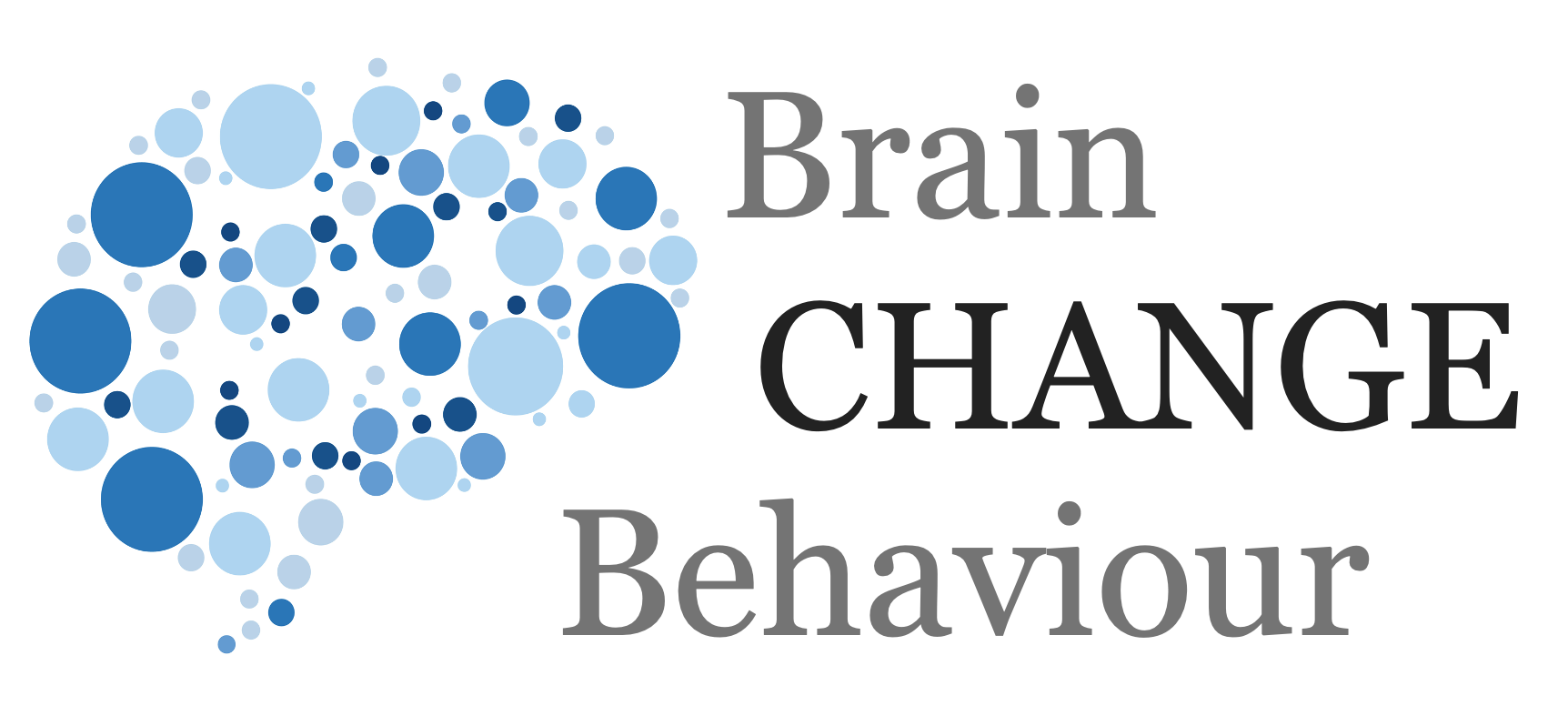Article
Rewards

Rewards sound like a good way to instigate behaviour you want. In our world we often think of financial rewards. Good idea, right?
Well, no, the Overjustification Effect, or Undermining Effect, illustrated that rewards can actually lower motivation.
What is the Undermining Effect?
This effect was probably first experimentally observed in what has become a classic psychology experiment by David Greene and Mark Lepper and their paper published in 1974. In this field experiment preschoolers were asked to participate in a colouring activity they were interested in but half were given a financial reward for doing this. Two weeks later they were all then asked to do the same activity with no rewards given – those who had previously been paid showed a significant drop in participation.
So it seemed that paying to do an activity that a child enjoyed doing therefore lowered motivation to repeat the same activity in the absence of pay. This therefore seemed to undermine their intrinsic motivation. This came as a surprise at the time because at that time many people thought operant conditioning was the primary driver of human behaviour.
Operant conditioning is the process whereby we build conditioned, habitual behaviour through simple reward/punishment processes. So in the case of colouring if I receive a reward I will associate the reward with colouring and therefore be more motivated to do more colouring. Even if the reward is withdrawn after time I will be so conditioned that I will likely continue doing the actions/activity. This is how we train dogs and other animals.
There are various academic reasons that have been proposed over the years to explain the mechanics of why this happens but it simply seems to move an action into a transactional process. The activity becomes “work” and therefore should only be done under certain conditions – remove those conditions, here pay, then desire to do it drops.
Various versions of the Greene’s and Lepper’s experiment have been conducted over the decades and multiple examples of this effect recorded. It may also go against our natural opinion. For example, parents may give their children a financial reward for doing their household chores or for getting good grades at school. This is perceived as an extra bit of external motivation.
Other values
However there could be multiple unintended consequences. In the case of household chores there is also a value set that goes with the chores i.e. that we all work together as a family to keep this place clean. One earlier study even found that those children who had been paid to do chores were less altruistic seemingly supporting this idea of values.
Consider also the multiple examples of the things we do in life for our family and friends. If you, for example ask a friend for advice, how would you feel if they sent you an invoice after for “advisory services”. These are things we do that have social value and therefore paying for it undermines the social value: “but I’m your friend!”. Here it is the A of SCOAP that is undermined, or replaced, or violated.
Similarly one theory states that paying for something removes intrinsic motivation by making it a “forced” action. You need to do it to earn money. This therefore damages our autonomy, the C of SCOAP.
Intrinsic motivation
This therefore takes us back to the concept of intrinsic motivation. Many of us have intrinsic desire to do many things and this is based on our SCOAP model. These will vary between individuals but each of us has varying levels of intrinsic motivation to do many things. The reward is often in levels of satisfaction – our biological reward system.
Adults
The Undermining Effect has also been somewhat controversial – with some claiming that the effect doesn’t exist or at least is not as pronounced as many claim. One reason is that adults or even older children seem to be less influenced by this effect. One reason could be increased cognitive control and ability – or also clarity on what you already enjoy or not.
A different discussion for another article is that of what are called hygiene factors (factors that don’t increase motivation but decrease motivation if removed) or perceived fairness.
Different rewards
As I have already pointed out one reason for the Undermining Effect is that of different rewards – I may actually be removing another reward. That warm glow of doing something good for somebody else. That feeling of having accomplished a task just for myself. That feeling of having been engrossed in my drawing without having to think of anything else.
This therefore means we need to think of whether a financial reward can enhance a current feeling or remove it.
It is, however, likely that financial rewards may work for those who are not intrinsically motivated. And this in turn could lead to an operant conditioning effect. It could also be the stimulus that gets to action in those who wouldn’t otherwise.
But we can also reward in other ways. In school it may be drawing competition with a simple prize certificate. It may be an award of any sort, it may simply be a compliment – the simplest and cheapest, and often most effective of rewards, in school as well as in the workplace.
A piece of research I wrote about here also showed that creative people are more responsive to non-financial rewards in a business setting.
Sporadic rewards
When it comes to motivation and undermining or promoting this, a much underrated effect is that of sporadic or uncertain rewards. In animal experiments it has been found that dopamine levels in the brain (which are a proxy for motivation and attention) are much higher when a reward is uncertain than when a reward is certain. And the motivation is highest when the chances of getting the reward are about 50%.
Interestingly this is what we see often in sports – a championship final with an inherent, approximate, 50% chance of winning between two parties.
Sporadic and often small rewards are also very effective in generating positive feelings. Think of a surprise small present from a friend or romantic partner – or your boss spontaneously gives you a ticket to see your favourite band, favourite sports team, or an exhibition of an admired artist.
Sporadic rewards are more effective at motivating. Small spontaneous rewards are also very motivating.
In Behavioural Change
But the issue we need to think of is how does this help in behavioural change. What we can see is that rewarding behaviour through financial incentives can have an undermining effect.
However, rewards do create a positive feeling and positive pull – particularly when behavioural change is difficult – it can therefore be very useful to have rewards. But care must be taken.
In difficult change processes, reward for short-term goals, whether personal or large scale population initiatives, should be considered.
Please, see the additional article on rewards for a more detailed view of rewards.
We know there is a risk of a undermining or overjustification effect and so this means in behavioural change.
-
- Think through rewards carefully
- What are the non-financial rewards?
- Do we need to motivate people who are not motivated by passion?
- Can we give alternative rewards?
- How can we be sporadic?
- What short-term rewards can we offer?
- How do we celebrate success?
- How can we be fair?
Simple Takeaways
-
- Be careful of the undermining effect
- Consider rewards carefully
- Consider all types of rewards, e.g. social rewards, or alternative rewards
© leading brains 2022
References
Greene, D., and Lepper, M. R. (1974). Effects of extrinsic rewards on children’s subsequent intrinsic interest. Child Dev. 45. doi:10.1111/j.1467-8624.1974.tb00720.x.
Lepper, M. R., and Greene, D. (1975). Turning play into work: Effects of adult surveillance and extrinsic rewards on children’s intrinsic motivation. J. Pers. Soc. Psychol. 31. doi:10.1037/h0076484.
Tang, S. H, and Hall, V. C. (1995). The overjustification effect: A meta analysis. Appl. Cogn. Psychol. 9. doi:10.1002/acp.2350090502.
Deci, E. L., Koestner, R., and Ryan, R. M. (2001). Extrinsic rewards and intrinsic motivation in education: Reconsidered once again. Rev. Educ. Res. 71. doi:10.3102/00346543071001001.
Gagné, M., and Deci, E. L. (2005). Self-determination theory and work motivation. J. Organ. Behav. 26, 331–362.
Warneken, F., and Tomasello, M. (2008). Extrinsic Rewards Undermine Altruistic Tendencies in 20-Month-Olds. Dev. Psychol. 44. doi:10.1037/a0013860.
Peters, K. P., and Vollmer, T. R. (2014). Evaluations of the Overjustification Effect. J. Behav. Educ. 23. doi:10.1007/s10864-013-9193-1.
Weibel, A., Wiemann, M., and Osterloh, M. (2014). A Behavioral Economics Perspective on the Overjustification Effect: Crowding-In and Crowding-Out of Intrinsic Motivation. Oxford Handb. Work Engag. Motiv. Self-Determination Theory.
Black, S., and Allen, J. D. (2018). Part 7: Rewards, Motivation, and Performance. Ref. Libr. 59. doi:10.1080/02763877.2018.1499164.
Mills, M. J. (2021). For the love of it: The overjustification effect and motivation crowding theory as the missing pieces in discussions of basic income’s (a)motivating potential. Ind. Organ. Psychol. 14. doi:10.1017/iop.2021.102.
More Level 2 Articles
The Nine Interventions
There have been multiple models of behaviour and behavioural change proposed over the years. These have taken different viewpoints of behaviour.
Don’t Try to Change Minds – Change Behaviour
Don’t try to change minds but simply change behaviour is the result a group of researchers have come to with regard to vaccinations.
Introduction to SCOAP
SCOAP is a complete model of human motivation, behaviour, and wellbeing, summarising over a century of research into the human brain, human psychology, and human behaviour in all contexts.
SCOAP Needs
These are basic human needs which means fulfilling them is essential for human wellbeing and therefore also that having them unfulfilled or violated lowers human wellbeing. These also direct human motivation and subsequently human behaviours.
SCOAP Motivation
Much has been written about motivation and there are many (false) assumptions to motivation also. So let’s start with a simple definition of motivation.
SCOAP Behaviour
Behaviour is about doing things, actions. That is obvious, but there are many grey zones to behaviour. For example do we class breathing as behaviour, or heartbeat, or sweating?
SCOAP Change
As you will have seen with SCOAP, this gives a comprehensive model of human needs, motivation, and behaviour. We can therefore use this to guide behavioural change interventions.
The Value-Action Gap
The value-action gap has multiple other names: attitude-behavior gap, intention-behavior gap, KAP-gap (knowledge-attitudes-practice gap) or belief-behavior gap.
It refers to the gap between what people often say they value and their subsequent actions or willingness to meaningfully contribute to this value.
Limits to Scalability – Voltage Drops
Voltage Drop is a useful term and analogy to the problems of scaling ideas or change in any environment. Voltage drop refers to how electrical current can decrease across distance it travels.
The Equilibrium Effect
Things in life tend towards certain balances. This is particularly true in large systems and this is why change can happen in small contexts and be very effective or successful but in large systems different rules apply.










